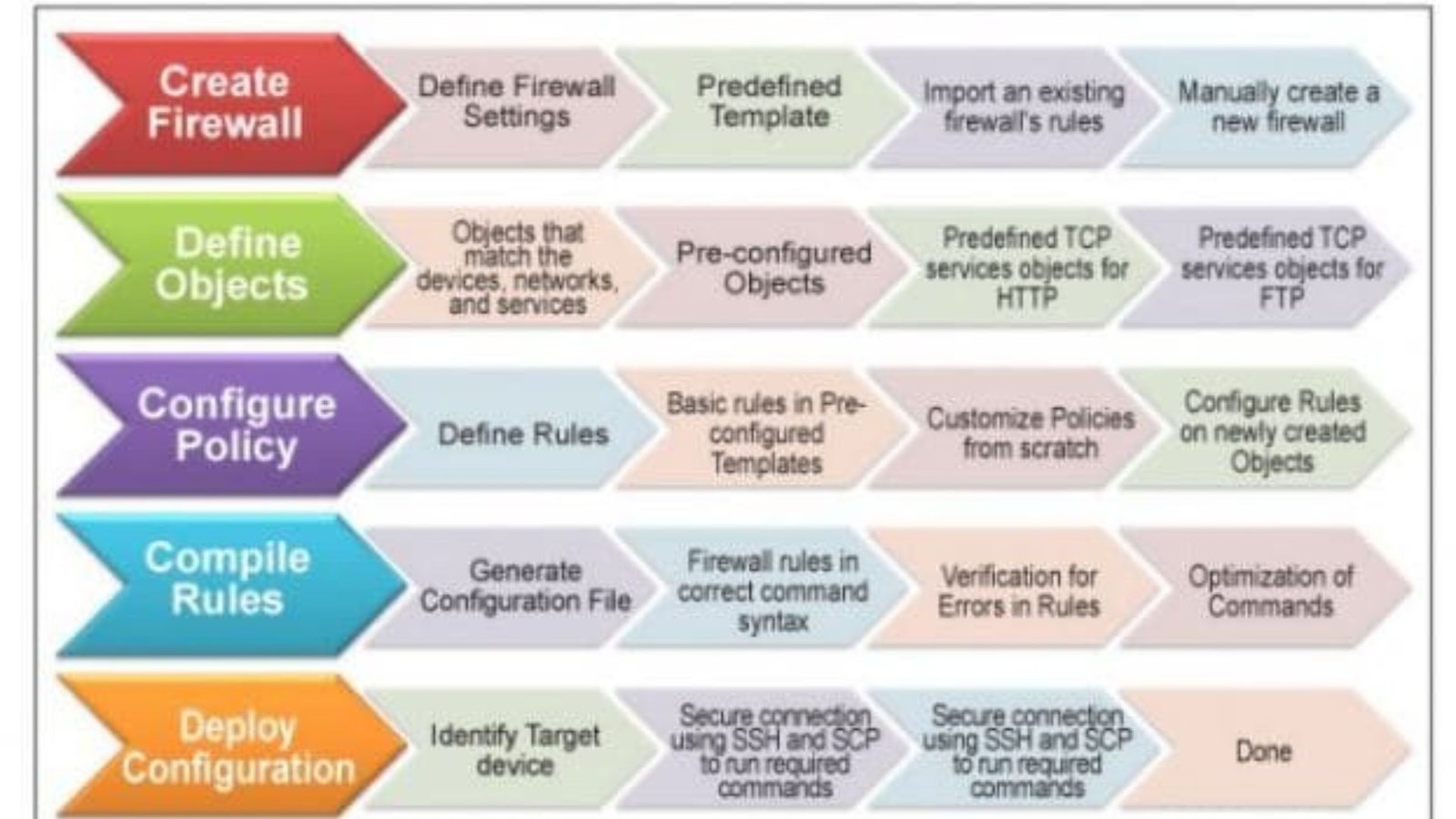The future of firewall technology in cybersecurity promises exciting advancements that will shape how organizations defend against cyber threats. As cyberattacks grow more sophisticated, firewall technology must evolve to offer enhanced protection and meet new challenges. This post explores the emerging trends in firewall technology, their implications for cybersecurity, and how businesses can prepare for the future.

Advancements in Firewall Technology
The future of firewall technology in cybersecurity will be characterized by several key advancements. These developments will enhance the capability of firewalls to protect networks, detect threats, and respond to attacks more effectively.
1. Integration with Artificial Intelligence (AI)
Firewalls are increasingly integrating with Artificial Intelligence (AI) to improve threat detection and response. AI-powered firewalls can analyze vast amounts of data in real-time, identify patterns, and predict potential threats with high accuracy. By learning from previous attacks, AI-enabled firewalls adapt their defenses, offering more robust protection against evolving cyber threats.
2. Enhanced Threat Intelligence
Next-generation firewalls will incorporate advanced threat intelligence to provide deeper insights into emerging threats. By leveraging global threat databases and real-time intelligence feeds, firewalls will offer more precise threat detection and faster response times. This proactive approach will help organizations stay ahead of cybercriminals and reduce the risk of data breaches.
3. Cloud-Based Firewalls
As businesses continue to migrate to the cloud, cloud-based firewalls will become increasingly important. These firewalls are designed to protect cloud environments and ensure secure data transmission between cloud services and on-premises systems. Cloud-based firewalls offer scalability, flexibility, and centralized management, making them ideal for modern, distributed network architectures.
The Role of Firewalls in a Zero-Trust Environment
4. Zero-Trust Security Models
The future of firewall technology in cybersecurity will also align with the growing adoption of zero-trust security models. In a zero-trust environment, firewalls play a critical role in enforcing strict access controls and continuously verifying user identities. By implementing least-privilege access and segmenting networks, firewalls help prevent unauthorized access and limit the impact of potential breaches.
5. Integration with Other Security Tools
Firewalls will increasingly integrate with other security tools to create a unified defense strategy. Combining firewalls with intrusion detection systems (IDS), intrusion prevention systems (IPS), and endpoint protection will enhance overall network security. This integrated approach enables organizations to detect, analyze, and respond to threats more effectively.
Preparing for the Future
6. Continuous Improvement and Updates
To stay effective, firewalls must continuously evolve to address new threats. Businesses should regularly update their firewall software and firmware to incorporate the latest security features and patches. Staying informed about emerging trends and technologies will help organizations make informed decisions about their firewall strategies.
7. Investing in Training and Skills Development
As firewall technology advances, so does the need for skilled professionals to manage and optimize these systems. Investing in training and skills development for IT staff will ensure that they can effectively implement and maintain advanced firewall solutions. This investment will help organizations maximize the benefits of their firewall technology and strengthen their overall cybersecurity posture.
Conclusion
The future of firewall technology in cybersecurity holds promising advancements that will significantly enhance network protection. By integrating AI, leveraging advanced threat intelligence, and adopting cloud-based solutions, firewalls will provide more robust defense mechanisms against evolving cyber threats. Embracing zero-trust models and investing in continuous improvement and staff training will further strengthen cybersecurity efforts and prepare businesses for future challenges.










